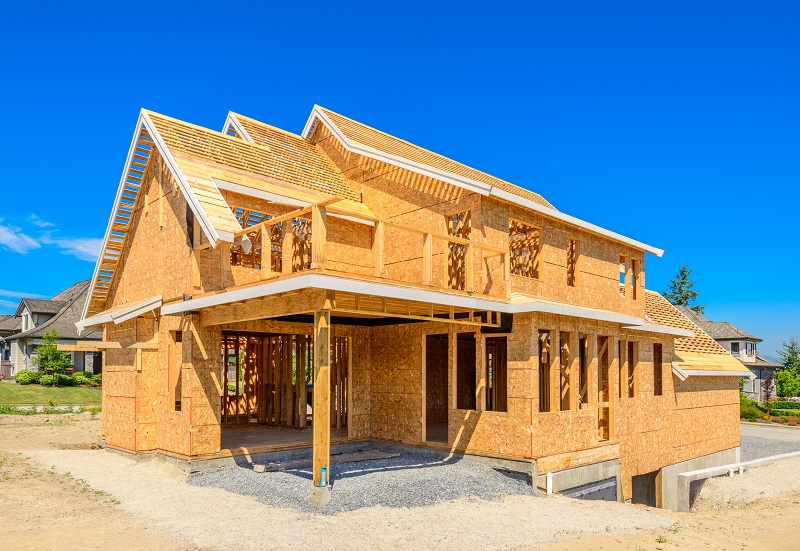Rapid Reaction: May New Home Sales
Today's very strong May new home sales data is a welcome surprise and is a strong continuation of the kind of consistent growth the new home market has exhibited for roughly the past half decade since the housing market bottomed out. And there's still plenty of room to grow.
- May new home sales rose 6.7 percent from April and 14.1 percent from a year ago, to 689,000 sales (SAAR), according to the U.S. Census Bureau.
- The median price of new homes sold in May was $313,000.
- Seasonally adjusted inventory rose slightly from both April and May 2017, to 299,000 units available for sale in the month.
Today’s very strong May new home sales data is a welcome surprise and is a strong continuation of the kind of consistent growth the new home market has exhibited for roughly the past half decade since the housing market bottomed out. And there’s still plenty of room to grow — because as it stands, even with this progress we’re still building far fewer homes than demographic changes and existing demand from home buyers would suggest we otherwise might be. At current levels and controlling for population growth, we’re building roughly 2.7 homes for every 1,000 Americans – well below historic averages from the 1980s and 1990s of about 4.2 homes per 1,000 residents. New home starts recently touched a recovery-era high, which is great, but new highs need to be set and exceeded consistently for the next few years at least before we get to the level of building needed to support more growth in sales. Additionally, single-family home starts have thus far been dwarfed by multifamily home starts, especially in large, 50-plus-unit buildings – to the detriment of the kind more-affordable, mid-density home building that could help alleviate some affordability and inventory concerns in growing cities. And finally, assuming home builders can continue to make progress, it will be crucial to look closely at their ability to keep adding supply at an affordable price point. The relentlessly rising costs of land, labor and lumber seem to suggest that building affordably will become increasingly difficult without these costs getting passed on to buyers.
**An earlier version of this quote incorrectly stated building data per 10,000 residents. The correct data should have been presented as per 1,000 residents. This data has been updated in the quote above, and we apologize for any confusion.
